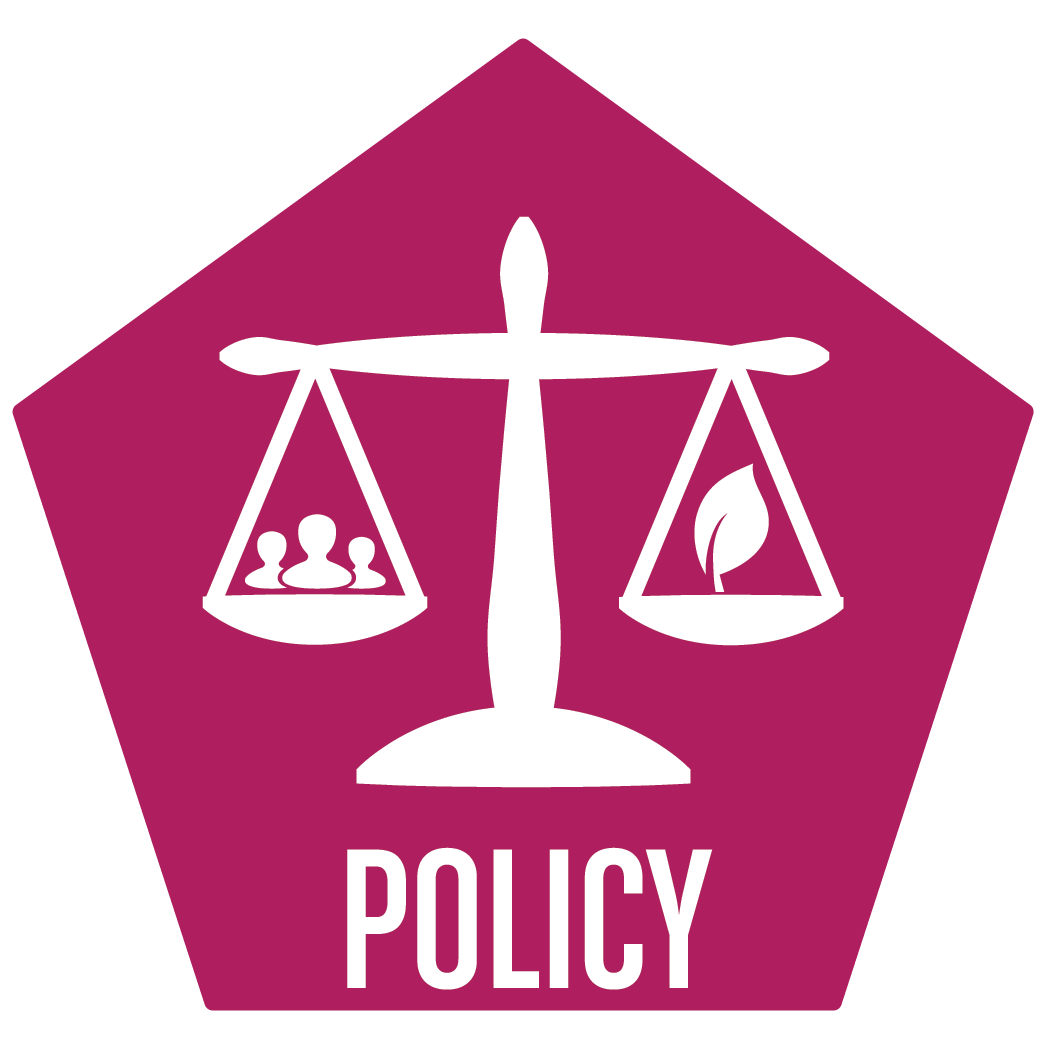9.3 Inventory, develop, and coordinate grant funding
Key Message: Community-wide coordination to identify, secure and manage grant funds for water quality projects can lead to economies of scale and faster results. This is especially important for municipalities working with Sarasota County Government and SWFWMD to implement water infrastructure projects. A dedicated grants specialist affiliated with either the National Estuary Programs or the Gulf Coast Community Foundation could provide a cohesive and coordinated regional approach.
Importance
Activities to protect and restore water quality require funding. Estimated costs of implementing the activities outlined in this Playbook range from thousands to millions of dollars. Coordinated funding across public and private sectors is essential given the significant collaboration needed to address nutrient management holistically (see Chapter 9.2). A dedicated grants specialist is needed to develop large-scale applications that demonstrate regional and integrated environmental solutions.
Overview
Grant and financing opportunities are available from federal, state, and local entities for large infrastructure and restoration projects. Most grants require cost-sharing and many are available to 501(c)3 non-profit organizations. Community-based non-governmental organizations (NGOs) seeking to implement smaller-scale environmental projects typically seek funding from private philanthropic organizations and government small-grant programs.
The National Estuary Programs, SBEP and CHNEP, coordinate projects and funding among their supporting government partners. With the 2022 update to the stormwater fee structure, Sarasota County Stormwater Division added staff to secure and manage grant funded capital improvement projects identified in watershed plans (see Chapter 6.3). Meanwhile, Gulf Coast Community Foundation facilitates community organizations in developing grant proposals for large-scale collaborative projects, such as the 2024 Gulf Futures Challenge.
Philanthropic Grant Opportunities
Gulf Coast Community Foundation (GCCF) is a public charity founded in 1995 that has granted more than $575 million since inception across multiple sectors including environment. GCCF offers grants of up to $25,000 per organization annually on a rolling basis and provides leveraged matching grants for priority projects such as water quality. From 2021–2024, GCCF supported 21 projects totaling $2.3 million, including rewilding the Celery Fields Quad Parcels and expanding water quality monitoring during the 2024 hurricane season. Gulf Coast spearheads grant development on large collaborative projects, such as the $20 million 2024 Gulf Futures Challenge grant application to rapidly upscale commercial and community composting and transition from chemical to biological fertilizer (see Chapter 4.7).
The Charles and Margery Barancik Foundation is a private foundation that invests in organizations working to improve education, mental health, arts, and the environment, among other areas. Since its inception in 2015 to 2025, the foundation has awarded $170 million in grants. The foundation has invested more than $15 million in support of environmental protection and improvement projects, including Activities prioritized in this Playbook, such as the 2023 Ecosummit, The Green Living Toolkit, and the Healthy Pond Collaborative and its Healthy Ponds Guide.
The William G. And Marie Selby Foundation awards grants under two categories: “Traditional” Grants and “Small and Mighty (SAM)” Grants. Twice a year Traditional Grants of $10k-$50k are awarded to organizations with budgets of $300k or more. The SAM Grants of $1k-$20k are offered three times a year and are available to organizations with budgets of less than $300k. From 2023-2024, the foundation awarded $150k to Big Waters Land Trust (formerly the Conservation Foundation of the Gulf Coast) for a conservation easement, $25k to Suncoast Waterkeeper for a patrol boat to assess environmental issues and promote community outreach, and $10k to Oyster River Ecology for a skiff to aid oyster restoration and education.
The Community Foundation of Sarasota County provides capacity building grants to nonprofit organizations with active profiles on The Giving Partner, an online database of more than 700 local organizations.
Government Grant & Financing Opportunities
U.S. Environmental Protection Agency (EPA) – The Water Infrastructure Finance and Innovation Act (WIFIA) program, a federal program for large water and wastewater infrastructure projects. WIFIA finances up to 49% of projects that cost at least $20 million. A wide variety of water projects are eligible, including stormwater, wastewater, reclaimed water, National Estuary Program, and watershed projects.
The EPA also distributes grant funds through the National Estuary Program directly to SBEP and CHNEP for habitat restoration, including project funds approved through the Bipartisan Infrastructure Law.
National Oceanic and Atmospheric Administration (NOAA) and National Fish and Wildlife Federation (NFWF) – The National Coastal Resilience Fund supports conservation projects that reduce storm impacts. Since 2021, it has awarded more than $140 million annually, with sustained investment expected through 2026.
U.S. Army Corps of Engineers (USACE) – Offers cost-share assistance with planning, designing, and constructing environmental restoration projects up to $10 million, especially for improvement of aquatic, estuarine and floodplain systems. Requests for assistance by state or local government agencies are considered following submission of a Letter of Intent to the Planning Division of USACE.
Florida Department of Environmental Protection (FDEP) Division of Water Restoration Assistance – Provides loans and grants to local governments, utilities, and sometimes other agencies for water quality and quantity projects that significantly benefit the environment and local communities. Division staff also manage water-related projects approved by the Florida Legislature. Among WRA funding programs:
- The Clean Water State Revolving Fund – Low-interest loans for wastewater, stormwater, and nonpoint pollution prevention projects. Certain agricultural best management practices may also qualify for funding. Terms: 20 years, low-interest.
- The Nonpoint Source Fund – Funds demonstration and retrofit projects. Funding depends on Federal and state appropriations but is usually around $8–$9 million per year.
- Florida’s Section 319 Grant Program administers funds received through EPA’s Clean Water Act Section 319(h) for nonpoint source pollution projects or programs that benefit Florida’s priority watersheds (impaired waters). Local sponsors must provide at least a 40% match or in-kind contribution. Eligible activities include demonstration and evaluation of urban and agricultural stormwater best management practices, stormwater retrofits, and public education.
- Funding for State Water-quality Assistance Grants may be available through periodic legislative appropriations to the DEP. When funds are available, the program prioritizes stormwater construction projects to benefit impaired waters.
Florida Department of Economic Opportunity (FDEO) – Administers the Small Cities Community Development Block Grant (CDBG) Program. Funds water and sewer projects benefiting low- and moderate-income residents and job creation. Also provides Technical Assistance Grants to help localities meet planning and development goals.
Southwest Florida Water Management District (SWFWMD) – Offers 50% cost-share to local governments through its Cooperative Funding Initiative for conservation, restoration, and flood protection projects. Also supports Alternative Water Supply Development (AWSD) and SWIM projects.
The Florida Legislature – Community Budget Issue Requests (CBIR) are project applications submitted during the state budget process. In some years, projects may be included without solicitation. Local delegations can advise on current opportunities.
The Federal State and Tribal Assistance Grant Program – Federal budget allocations secured through Congressional sponsorship. Supports environmental and public health initiatives by state, local, and tribal governments.
Grant & Financing Information and Resources
Environmental Protection Agency (EPA) Water Infrastructure and Resiliency Finance Center provides financing information for wastewater and stormwater infrastructure, including resources for planning and design, frameworks for leveraging federal funding sources, and a searchable Water Finance Clearinghouse of case studies, webinars, and funding opportunities.
The Environmental Finance Center Network (EFCN) is a university-based organization assisting with innovative financing for environmental protection and improvement. EFCN works with public and private sectors to promote sustainable environmental solutions, while bolstering efforts to manage costs. Resources include curated funding sources, webinars, case studies, and technical and legal information.
The Florida Resource Directory hosted by the FDEO provides a searchable directory of information about and links to many state and federal resources available to
help local communities fund water protection and restoration projects.
The Catalog of Federal Domestic Assistance provides a database of all federal programs available to state and local governments: public; quasi-public; private for-profit and nonprofit organizations and institutions; specialized groups; and individuals. Listings link directly to grants.gov.
Approach
Continued intergovernmental coordination, especially between municipalities working with Sarasota County Government and SWFWMD to plan and fund water infrastructure projects, will generate efficiencies, cost-savings, and faster outcomes for improved water quality.
Since most large funding opportunities are offered as low-cost financing or grants with cash match requirements, Sarasota County and/or the municipalities would be the most appropriate fiscal agents to receive and manage the funds. However, the complexity and workload of planning, coordinating, writing, and managing large grant applications requires dedicated staff to make rapid progress.
The National Estuary Programs already function as intergovernmental partnerships and have an existing role in project coordination. With knowledge of funding needs and the funding landscape, they are natural organizing hubs to assemble large infrastructure and restoration grants. A new dedicated grant writing specialist working within the SBEP and CHNEP offices could be supported by private funds.
Gulf Coast Community Foundation’s Community Engagement Team could continue to engage community partners in collaborative grant writing for complex, large-scale projects and work closely with CHNEP and SBEP offices to coordinate regional government partners and philanthropic donors.
Resources
- Water Restoration Assistance Program Information Handout
- Governor DeSantis Protecting Florida Together Water Protection Grants
- Florida Resource Directory
- Florida Water and Wastewater Funding Sources compiled by EFCN
- Catalogue of Federal Assistance
Status
Planning
Performance Measure
- Number of new grants/funding
- Amount of new grants/funding
Experts or Leads
Jennifer Johnston, Gulf Coast Community Foundation, Ryan Gandy, Sarasota Bay Estuary Program, Jennifer Hecker , Coastal and Heartland National Estuary Partnership
Cost Estimate
$500,000
Related Activities
Other Coordination and Collaboration Activities
9.1 Coordinate regional approaches to identify, prioritize, and implement projects to address impaired waters
[dipi_masonry_gallery images="405,894,447" columns="3" disabled_on="off|off|on" _builder_version="4.16" max_width="100%" max_width_tablet="50%" max_width_phone="65%" max_width_last_edited="on|desktop" module_alignment_tablet="center" module_alignment_phone="center"...
9.2 Coordinate strategic planning for water quality within and across agencies and organizations with local jurisdiction
[dipi_masonry_gallery images="405,894,447" columns="3" disabled_on="off|off|on" _builder_version="4.16" max_width="100%" max_width_tablet="50%" max_width_phone="65%" max_width_last_edited="on|desktop" module_alignment_tablet="center" module_alignment_phone="center"...
9.4 Support a common publicly accessible website for data storage, visualization, and information sharing
[dipi_masonry_gallery images="405,896,447" columns="3" disabled_on="off|off|on" _builder_version="4.16" max_width="100%" max_width_tablet="50%" max_width_phone="65%" max_width_last_edited="on|desktop" module_alignment_tablet="center" module_alignment_phone="center"...
9.5 Increase capacity of area water quality professionals by supporting strong informational and professional networks
[dipi_masonry_gallery images="405,896,447" columns="3" disabled_on="off|off|on" _builder_version="4.16" max_width="100%" max_width_tablet="50%" max_width_phone="65%" max_width_last_edited="on|desktop" module_alignment_tablet="center" module_alignment_phone="center"...
9.6 Develop and deliver collaborative water quality education and outreach using local partnerships and networks
[dipi_masonry_gallery images="405,896,447" columns="3" disabled_on="off|off|on" _builder_version="4.16" max_width="100%" max_width_tablet="50%" max_width_phone="65%" max_width_last_edited="on|desktop" module_alignment_tablet="center" module_alignment_phone="center"...
9.7 Support local policymaker understanding of the cost-effectiveness of water quality protection policies
[dipi_masonry_gallery images="405,896,447" columns="3" disabled_on="off|off|on" _builder_version="4.16" max_width="100%" max_width_tablet="50%" max_width_phone="65%" max_width_last_edited="on|desktop" module_alignment_tablet="center" module_alignment_phone="center"...




